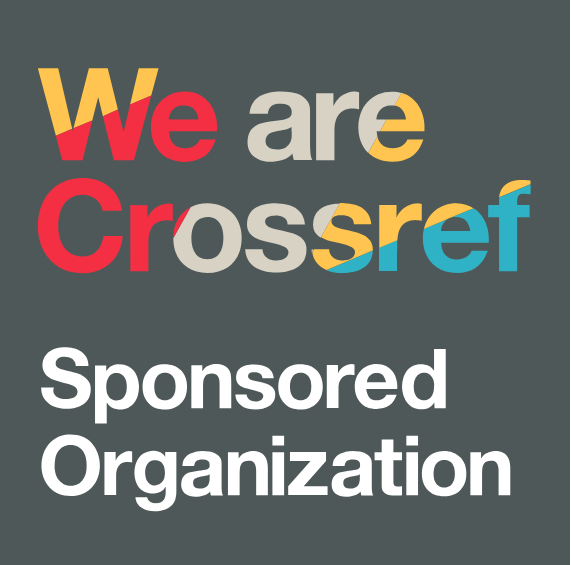The Influence of Workload and Work Environment on Employee Performance
DOI:
https://doi.org/10.38035/sijdb.v2i3.132Keywords:
Workload, Work Environment, Employee PerformanceAbstract
The purpose of this research is to determine and analyze: (1) Workload (2) Work Environment; (3) Employee Performance; and (4) the Influence of Workload and Work Environment on Employee Performance at the X Office in West Java Province, both simultaneously and partially. The research methods used in this study are descriptive surveys and explanatory surveys, with the unit of analysis being the employees at the X Office in West Java Province, with a sample size of 30 people. The type of investigation is causality, and the time horizon in this study is cross-sectional. Based on the research results, it was found that the Workload experienced by Employees of Office X in West Java Province is already good, the Work Environment at Office X in West Java Province can generally be considered good, and the Performance of Employees at Office X in West Java Province is currently rated as good. Workload and Work Environment simultaneously and partially affect Employee Performance at Dinas X in West Java Province. However, partially, Workload has a more dominant influence on Employee Performance than Work Environment. Because Workload more dominantly affects Performance, it becomes the top priority in improving that Performance. Therefore, employees of the X Office in West Java Province are advised to improve the working conditions and atmosphere, so they can work more professionally.
References
Anwar Prabu Mangkunegara, 2008, Manajemen Sumber Daya Manusia Perusahaan. Remaja Rosdakarya. Bandung.
Alex S Nitisemito, 2000. Manajemen personalia:Manajemen Sumber Daya Manusia. Ed 3, Ghalia Indonesia.Jakarta.
Bambang Kussriyanto.,1991. Meningkatkan produktifitas karyawan.Pustaka Binaman Pressindo,Jakarta.
Bambang Wahyudi, 2002. Manajemen Sumber Daya Manusia, Jakarta : Erlangga.
Hariandja, Marihot Tua Efendi,2002. Manajemen Sumber Daya Manusia. Grasindo. Jakarta.
Irwandy, 2007. Faktor-Faktor yang Berhubungan Dengan Beban Kerja Perawat di Unit Rawat Inap RSJ Dadi Makassar Tahun 2005. Magister Administrasi Rumah Sakit. Program Pascasarjana Fakultas Kesehatan Masyarakat. Universitas Hasanuddin
Komaruddin, 1994. Pengantar Manajemen Perusahaan. Gramedia. Jakarta.
Kuswandi, 2004. Cara mengukur kepuasaan kerja. Elex Media Komputindo.Jakarta
Manuaba. A 2000, Ergonomi, Kesehatanan Keselamatan Kerja.”Eds.Proceeing Seminar Nasional Ergonomi PT. Guna Widya, Surabaya
Munandar, AS. 2001. Psikologi Industri dan Organisasi. Universitas Indonesia Press.Jakarta.
Munandar, A.S, “Stress dan Keselamatan Kerja “Psikologi industri dan organisasi. Penerbit Universitas Indonesia. 2001
Moeheriono,2009. Pengukuran Kinerja Berbasis Kompetensi. Penerbit Ghalia Indonesia
Sarwoto, 2001. Dasar-Dasar Organisasi dan Manajemen, cetakan kedelapan, Ghalia Indonesia, Jakarta.
Sedarmayanti, 2001. Sumber Daya Manusia dan produktifitas Kerja. Mandar Maju.Bandung.
Sedarmayanti, 2004. Good Goverment (Pemerintahan yang baik), Bandung.CV.Mandar Maju.
Siagian, Sondang, P. 2008. Teori Motivasi dan Aplikasinya. Rineka Cipta.
Sofyandi herman, dan garniwa iwa.2007, Perilaku Organisasional.Graha Ilmu,Yogyakarta
Susilo Maryoto, 2000. Manajemen Sumber Daya Manusia. BPFE-UGM.Yogyakarta.
Undang-Undang No. 44 tahun 2009 tentang Rumah Sakit, Biro Hukum Departemen Kesehatan Republik Indonesia, Jakarta.
Veithzal Rivai, 2003. Manajemen Sumber Daya Manusia Untuk Perusahaan. PT. Remaja Rosda Karya, Bandung.
Downloads
Published
How to Cite
Issue
Section
License
Copyright (c) 2025 Adi Hansah

This work is licensed under a Creative Commons Attribution 4.0 International License.
Copyright :
Authors who publish their manuscripts in this journal agree to the following conditions:
- Copyright in each article belongs to the author.
- The author acknowledges that the Siber International Journal of Digital Business (SIJDB) has the right to be the first to publish under a Creative Commons Attribution 4.0 International license (Attribution 4.0 International CC BY 4.0).
- Authors can submit articles separately, arrange the non-exclusive distribution of manuscripts that have been published in this journal to other versions (for example, sent to the author's institutional repository, publication in a book, etc.), by acknowledging that the manuscript has been published for the first time at Siber International Journal of Digital Business (SIJDB).























